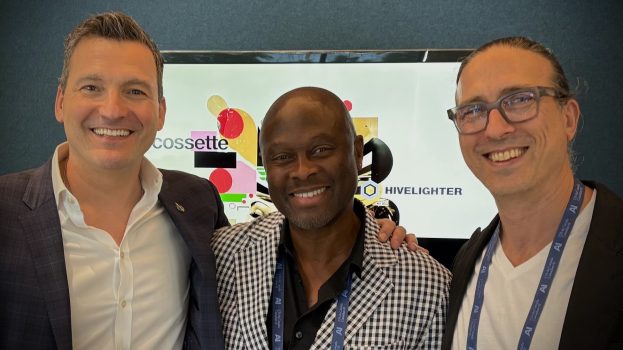By Diana Lucaci
Most advertisers and marketers have realized people can’t always say why they buy what they buy. Usability studies found people make confident, yet false predictions of their future behaviour.
In Malcolm Gladwell’s TED Talk on spaghetti sauces, he said: “The mind knows not what the tongue wants. […] If I asked all of you, for example, in this room, what you want in a coffee, you know what you’d say? Every one of you would say ‘I want a dark, rich, hearty roast.’ It’s what people always say when you ask them what they want in a coffee. What do you like? Dark, rich, hearty roast! What percentage of you actually like a dark, rich, hearty roast? According to Howard, somewhere between 25 and 27% of you. Most of you like milky, weak coffee. But you will never, ever say to someone who asks you what you want — that ‘I want a milky, weak coffee.'”
Most market research methods, like focus groups and surveys, rely on the customer’s ability to identify their preference. This is proven quite difficult when there is a dominant voice in the group, leading the conversation. Another challenge is getting people to accurately express their feelings. For example, imagine how difficult it is for most people to describe a fragrance. After decades of traditional research, we now know human preferences are rather unstable. The reason is that the conscious mind that expresses an opinion is not optimized for decision-making, but for planning and learning. The decision-making part of the brain is the oldest part of the brain, much more intuitive and automatic.
This is where consumer neuroscience, or neuromarketing, comes in. As a complementary marketing research methodology, neuromarketing seeks to understand consumer’s brains’ response to advertisements, products or packages. In order to see the importance of neuroscience applied to business, we must begin with an overview of the decision-making process.
The most famous case illustrating the importance of emotions in decision-making was the case of Phineas Gage, a railroad worker from the 1800s in New Hampshire. When he was only 25-years-old, Phineas suffered a terrible railroad accident that sent an iron rod through his left cheek and brain. Miraculously, he survived the accident, however, brain regions associated with decision-making and emotion regulation had been destroyed, therefore, his behaviour changed drastically. Phineas was now unable to make good decisions, and found it impossible to balance intellectual faculties with more primal instincts. Whereas before he was pleasant and well mannered, he could not stick to plans, shouted profanity and acted entirely on his animal instincts without any thought of consequences. Neuroscience’s most famous patient, Phineas, is the first to prove a clear link between brain trauma and its impact on emotion and behaviour regulation.
At the anatomical level, our thoughts begin as electrical impulses between neuronal circuits in the brain, which can be easily measured and mapped using a brain-imaging technology called functional Magnetic Resonance Imaging (fMRI). FMRI measures blood oxygenation levels to determine which areas are more active in the brain. The more oxygen required, the more solicited an area is. In 2008, scientists at the Max Planck Institute asked participants in an fMRI to push a button with their right or left hand. They were interested to know what happens in the brain the moment the decision is made. To their surprise, they found that they were able to predict which button the participant will press, simply by looking at their brain signals, in the frontal lobes. More remarkable was the fact that the decision to press the right or the left button happened a whole 7 seconds before they consciously made the decision. This indicates that the act of decision-making is predicted by the unconscious well ahead of time.
Recently, neuroscientist Antonio Damasio studied people with brain damage in the parts of the brain that regulate emotion. They all seemed normal with the exception of being able to feel emotions, and in addition they all were unable to make decisions. Simple decisions like ‘What should I eat?’ would be too difficult, yet they found it easy to describe what they should do in logical terms. These findings, and others like it, pave the way to a new understanding of people and how they make choices.
Before the advent of fMRI’s and other brain-imaging technologies, the dominant belief was that decisions are driven by logic. However, the current neuroscience paradigms suggest the important role emotions play. Applying what neuroscience knows to what marketing does is a no brainer (pun intended) and it all begins with an honest perspective on the customer. Within the context of marketing and advertising, understanding people’s process of decision-making is the first step in gaining a key advantage in the marketplace.
 Want to read more about neuromarketing? Check out our feature on the topic.
Want to read more about neuromarketing? Check out our feature on the topic.
Diana Lucaci is the CEO and founder of True Impact Marketing. Trueimpact.ca
Image courtesy of Shutterstock.






















